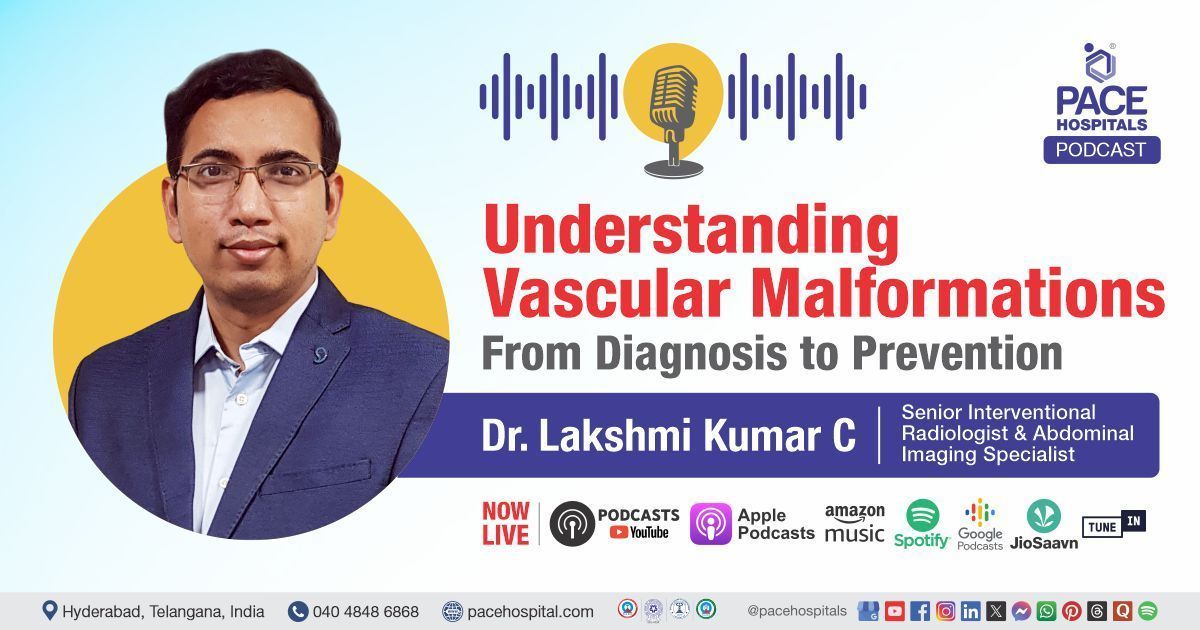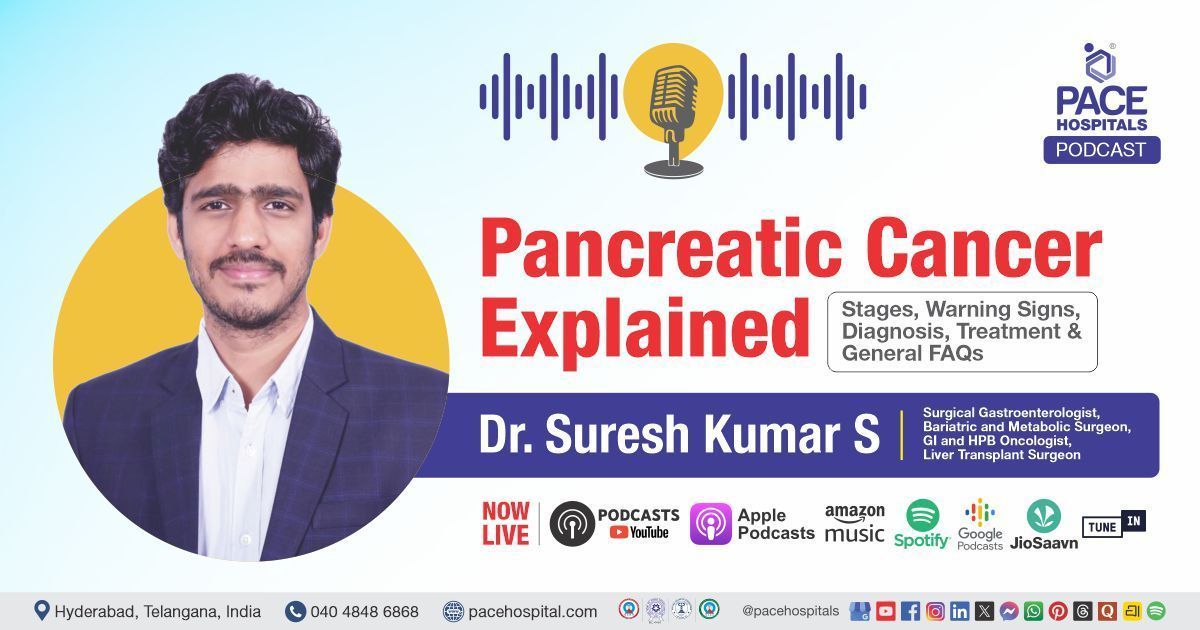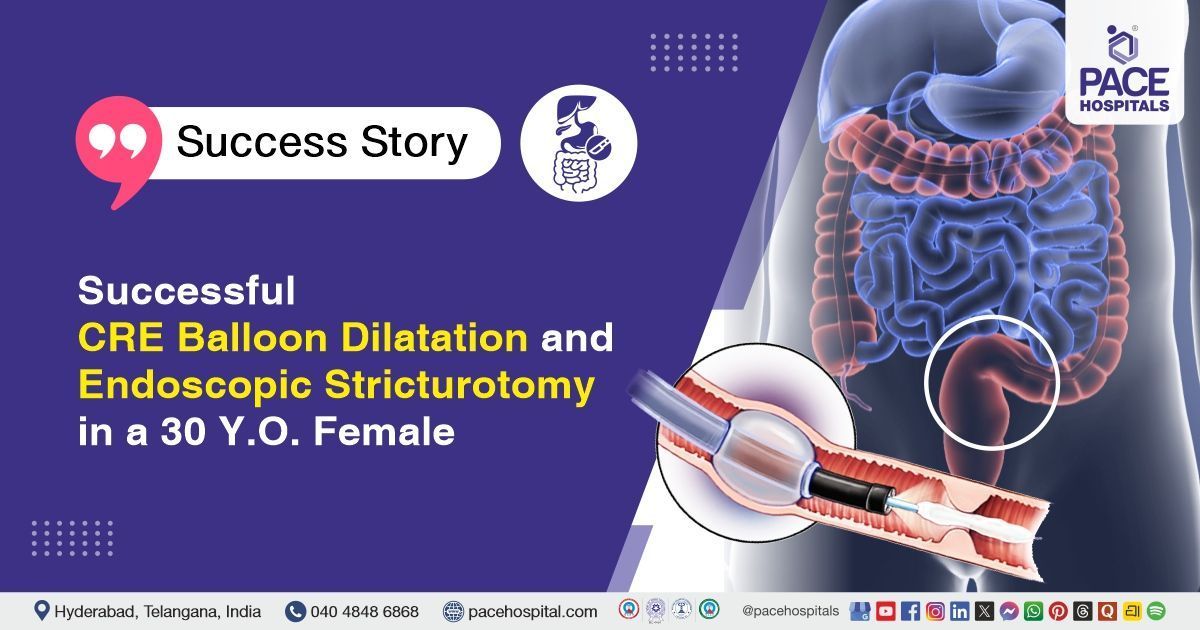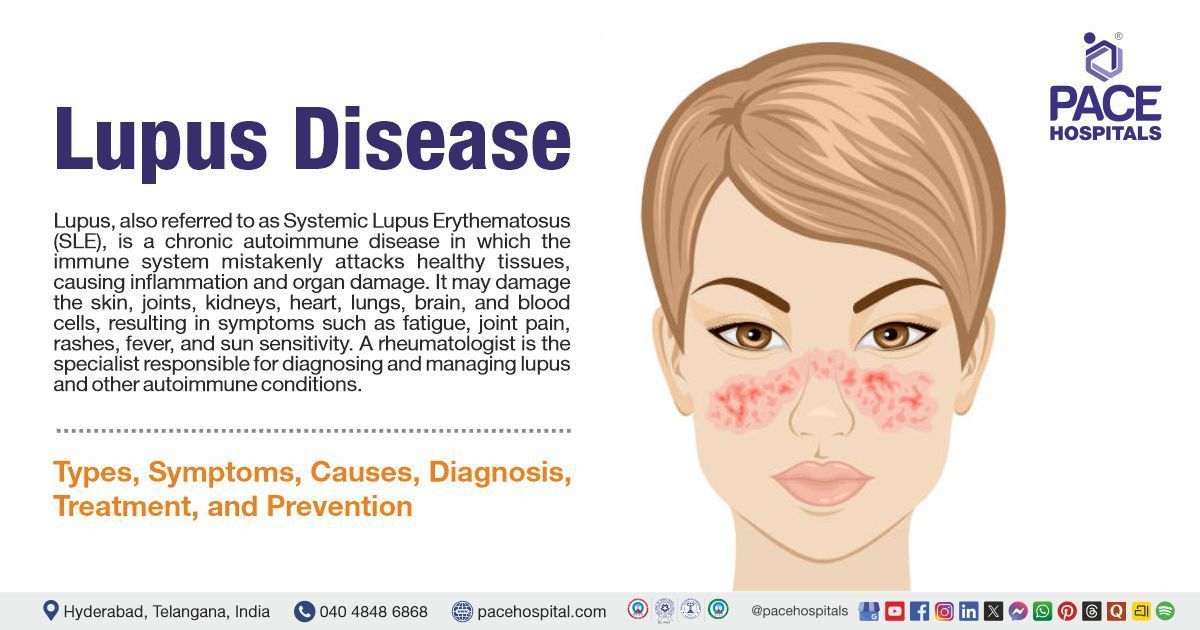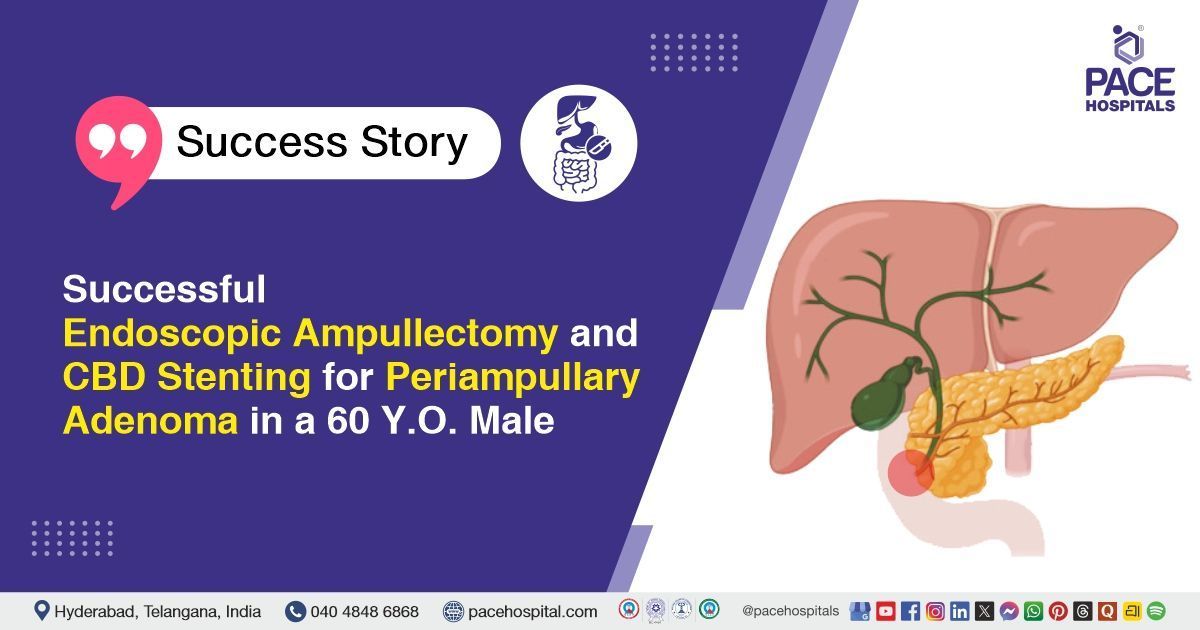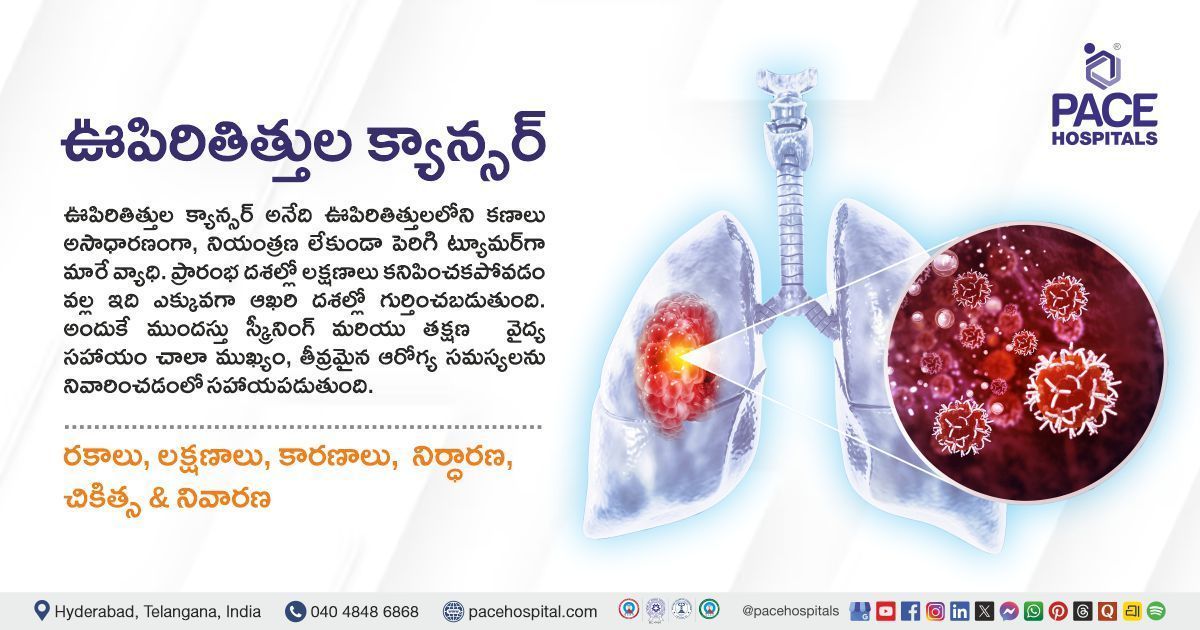Understanding Vascular Malformations: From Diagnosis to Prevention
PACE Hospitals
Listen to
Vascular malformations are congenital anomalies characterized by abnormal clusters of blood vessels—including arteries, veins, capillaries, or lymphatic vessels—that are present at birth. These abnormalities don't resolve over time, unlike some other vascular conditions. Instead, they usually increase in size gradually as a person matures.
They can occur in any part of the body, including the skin, muscles, bones, or internal organs. The size, location, and types of blood vessels involved in a vascular malformation determine how it looks and what symptoms it causes. Some may appear as blue or red spots on the skin, while others may not be visible until they cause symptoms such as discomfort, swelling, or impaired blood flow.
Vascular malformations are non-neoplastic lesions and, therefore, are not malignant. However, they can sometimes cause problems if they press on neighbouring tissues or organs, bleed, or get infected. Most of the time, mistakes made during the early stages of foetal growth that affect the development of blood vessels are to blame. In certain circumstances, genetics may also be a problem.
Join the PACE Hospitals Podcast with Dr. Lakshmi Kumar Chalamarla - Senior Interventional Radiologist and Abdominal Imaging Specialist at PACE Hospitals, Hitech City, Hyderabad, India, to reveal the warning signs and share some valuable steps that you can take to protect your health.
Share on
Request an appointment
Fill in the appointment form or call us instantly to book a confirmed appointment with our super specialist at 04048486868

